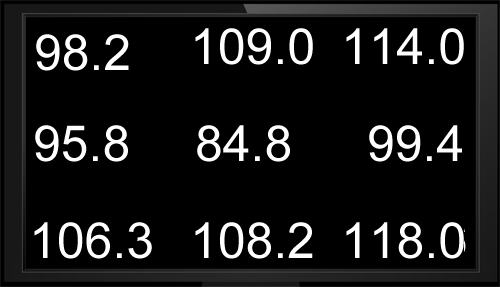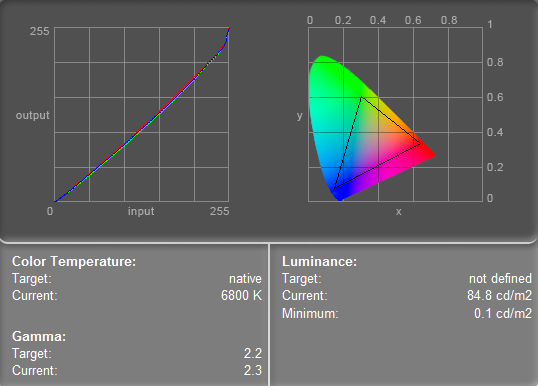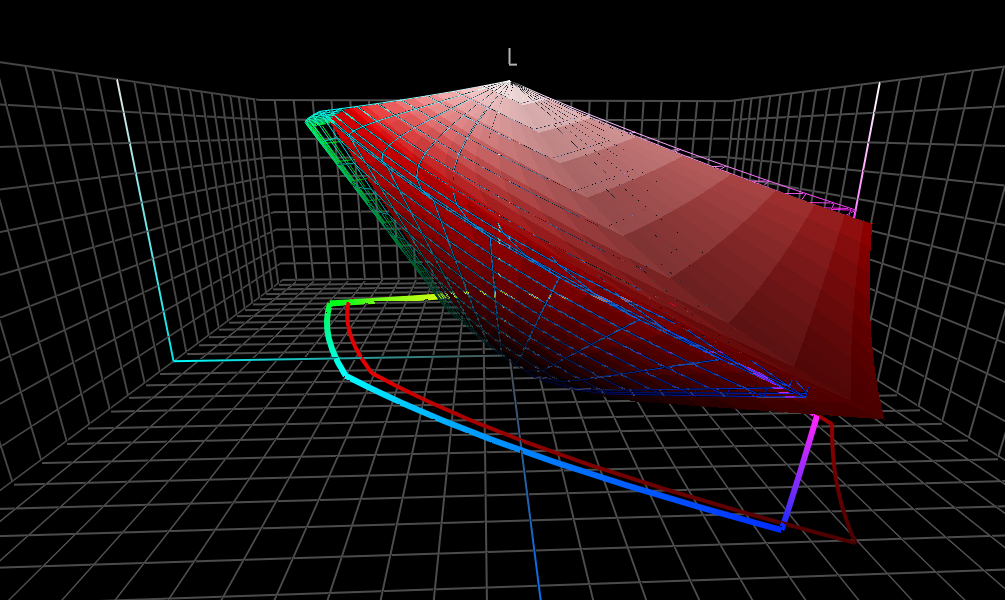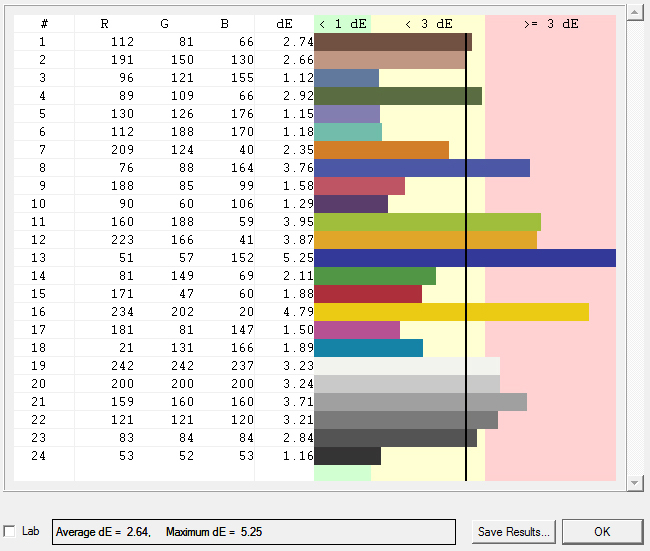CCFL Versus LED: Is There A Downside To Going Green?
With the display market quickly transitioning to LED backlighting, are we losing anything in the move away from CCFL? Sure, LED is supposed to be greener, with richer contrast and color...but is it? Before you jump to conclusions, check out our review.
Quality Tests: Asus MS246H
Now over to the CCFL-based MS246H. Out of the box, we have settings of 100 brightness, 80 contrast, and R/G/B levels set to a “normal” profile. This yields a 6900K color temperature, 221.4 cd/m2 luminance, and a 0.2 cd/m2 black level. So, on first viewing, the CCFL display is actually much closer than the LED model to our desired output. Despite the promise of LED, the MS246H measures a slightly deeper black, the color is more natural, and you get even lower minimum luminance.
After using Eye-One Match Advanced, we had calibrated values of 91 contrast, 52 brightness, and color values of R80/G78/B86. Note the trade-off here in higher color values for lower brightness. This yielded a 6500K temperature and 120.2 center luminance.
Quite a difference in those luminance values, huh? The bottom seems to fall right out of the center, if you will. If we look at the raw data from Eye-One you can see the slight bend in the color channels, particularly toward the top:
The cool thing is that our minimum luminance dropped to 0.1 cd/m2 in every location. The blacks on this display are really black, and we sure didn’t notice a gamma difference between 2.2 and 2.3.
Compared to its LED cousin, the MS246H does a worse job with deep blues and violets. On the other hand, this display exceeds our standard profile throughout most other shades. ColorThink Pro notes a total gamut for the MS246H of 878 155.
Delta-E averages 2.64 and tops out at 5.25. This is noticeably higher than the equivalent Asus LED display. In particular, notice how all but one of the grayscale tests for the MS238H show a sub-1 dE while every one of the MS246H’s grayscale results are over 1 dE, and most exceed 3 dE. This is telling us that, in theory, the MS246H is less accurate in overall color reproduction than its LED counterpart.
Get Tom's Hardware's best news and in-depth reviews, straight to your inbox.
Current page: Quality Tests: Asus MS246H
Prev Page Quality Tests: Asus MS238H Next Page Quality Tests: Asus VW246 And Analysis-
nforce4max I am going to get such a monitor later this year. Imagine the leap from CRT to Led LCD.Reply -
Ragnar-Kon I personally can't wait until the OLEDs manufacturing process becomes cheaper. Having seen Sony's new OLED displays at this year's NAB in Vegas, I can say they are VERY VERY impressive.Reply -
scook9 I know that I have been rocking a pair of Gateway FHD2400's for a few years now and love them as they meet all my needs and have never left me wantingReply -
g00b Ummm ... LED? They are all LCD :).Reply
"Ultimately, we’d pick LCD for media consumption, but we’d pick CCFL for editing work where detail and accuracy are paramount. LCD is more fun to watch; CCFL is more reliable." -
theshonen8899 Basically the differences are very dramatic right? I'm gonna sound like a hippie for this but I'd definitely go for the greener option. Just being polite for our future generation is all.Reply -
wrxchris May not be too relevant here considering that this article was based around image quality, but as a gamer, I'm still plenty satisfied with my trio of 25.5" Asus TN monitors. Yes, they bleed a bit of light around the edges and the colors may not be very accurate, but they handle fast moving images with no problems and only cost $750 for the set. And my favorite feature is the 16x10 aspect ratio, which is becoming quite hard to find these days; not sure why people are so willing to give up vertical screen space.Reply



